Blog

Blog

Blog

2025 Top Upholstery Canvas Trends and Insights for a Sustainable Home Decor Upgrade
As we approach 2025, the demand for eco-friendly and sustainable home decor continues to rise, forging a pivotal shift in the textile industry. According to the recent "Global Sustainable Textile Market Report" by ResearchAndMarkets, the sustainable textiles market is projected to reach USD 8.25 billion by 2027, growing at a compound annual growth rate (CAGR) of 9.7%. Within this burgeoning sector, upholstery canvas stands out as a versatile and sustainable choice for homeowners looking to enhance their living spaces while reducing their environmental footprint.
The upcoming trends in upholstery canvas reflect a broader movement toward environmental responsibility, showcasing innovations in recyclable materials and production processes. A report from the Textile Exchange indicates that organic cotton production has surged by 15% over the past year, highlighting a growing consumer preference for materials that are both stylish and sustainable. By embracing these trends, homeowners not only invest in aesthetic appeal but also contribute to a healthier planet.
This document delves into the top upholstery canvas trends projected for 2025, offering insights into designs, materials, and colors that will define sustainable home decor. Whether it's the allure of natural fibers, the rise of biodiverse sourcing, or the integration of technology in textiles, understanding these trends can empower consumers to make informed choices for their homes.
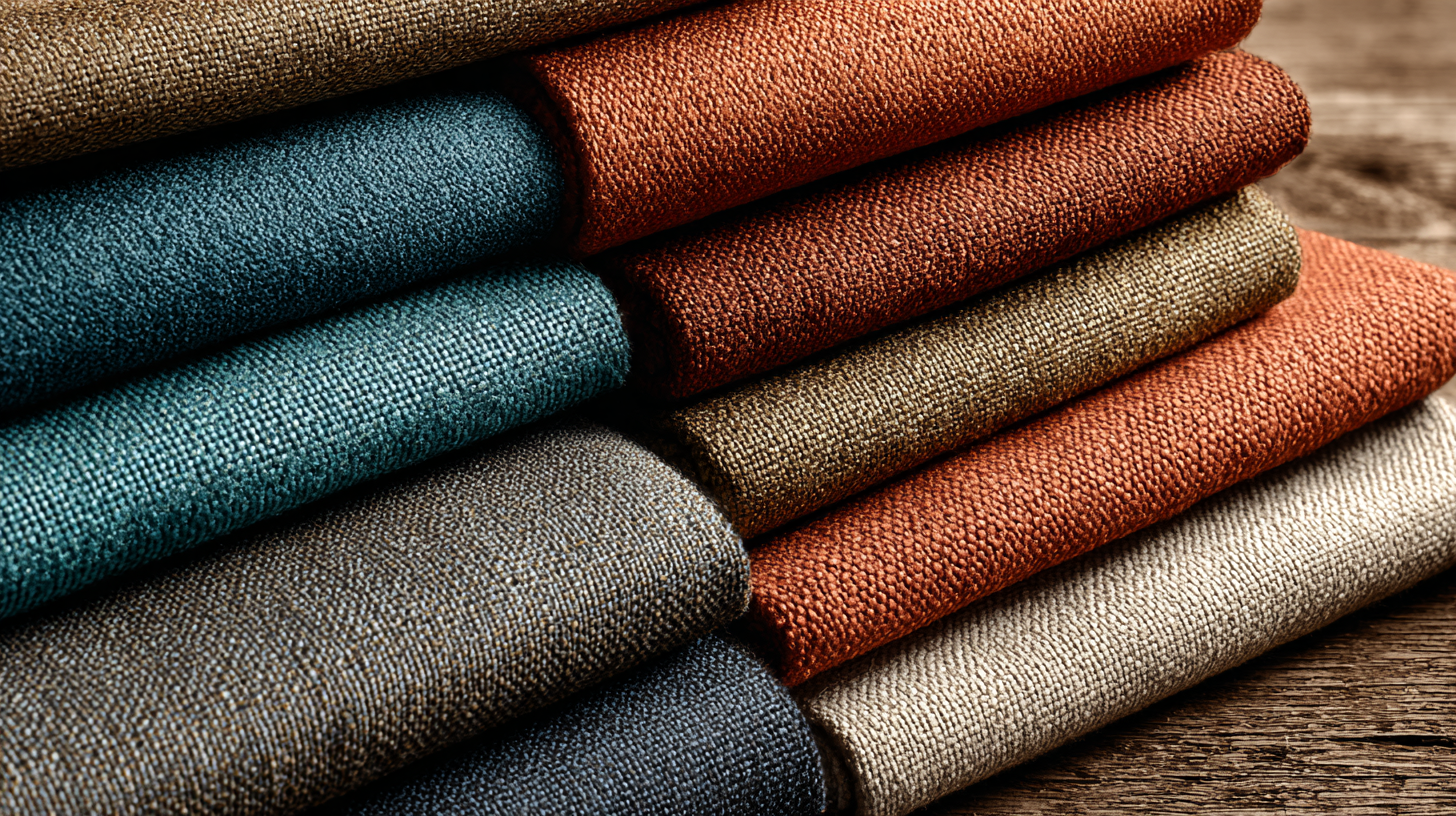
Innovative Upholstery Canvas Materials for Eco-Friendly Home Decor
In recent years, the demand for eco-friendly home decor has surged, prompting significant innovations in upholstery canvas materials. As consumers become more environmentally conscious, manufacturers are stepping up to create products that not only enhance aesthetics but also contribute to sustainability. Some of the most exciting advancements in upholstery canvas include the use of recycled materials, such as plastics and textiles, which are repurposed into durable and stylish fabrics. This shift not only helps reduce waste but also minimizes the carbon footprint associated with traditional fabric production.
Additionally, natural fibers are making a remarkable comeback in the upholstery canvas market. Fabrics made from organic cotton, hemp, and bamboo not only offer a luxurious feel but are also biodegradable and sourced from renewable resources. These materials are treated with eco-friendly finishes that enhance their longevity without the use of harmful chemicals. As homeowners seek to infuse their living spaces with sustainable elements, innovative upholstery canvas options are proving to be a perfect blend of style, comfort, and environmental responsibility, paving the way for a more sustainable home decor upgrade in 2025.
Sustainable Color Palettes: Trending Shades for 2025 Upholstery
As we look ahead to 2025, the upholstery canvas trends reflect a growing emphasis on sustainability, specifically in the color palettes chosen for home decor. The trend towards eco-friendliness is not only about material choices but also about the psychological effects of color in our living spaces. According to a recent report by the Global Color Research Institute, warm earthy tones like terracotta, muted greens, and ocean blues are set to dominate the upholstery market. These shades promote a sense of calmness and connection to nature, resonating with the increasing desire for sustainability in personal lifestyle choices.
Moreover, the use of natural dyes and low-impact processes in fabric production is becoming a significant factor in upholstery trends. The Sustainable Furnishings Council noted in their 2023 report that 78% of consumers are willing to pay more for furniture made with sustainable practices, which is influencing manufacturers to adopt environmentally friendly methods. Textile brands are experimenting with organic materials that honor these sought-after colors while ensuring that their production has a minimal ecological footprint. This commitment to a sustainable color palette is reshaping the aesthetics of home decor, where vibrant hues meet ethical production, offering homeowners a way to beautify their spaces while caring for the planet.

Smart Techniques: The Future of Eco-Conscious Upholstery Design
The future of upholstery design is increasingly leaning towards eco-conscious techniques that prioritize sustainability without compromising on aesthetics. Designers are exploring innovative materials, such as recycled fibers and organic textiles, to create stylish yet environmentally friendly upholstery options. By utilizing these materials, the industry not only reduces waste but also minimizes the carbon footprint associated with traditional fabric production processes. This shift reflects a growing consumer demand for transparency and responsibility in home decor choices.
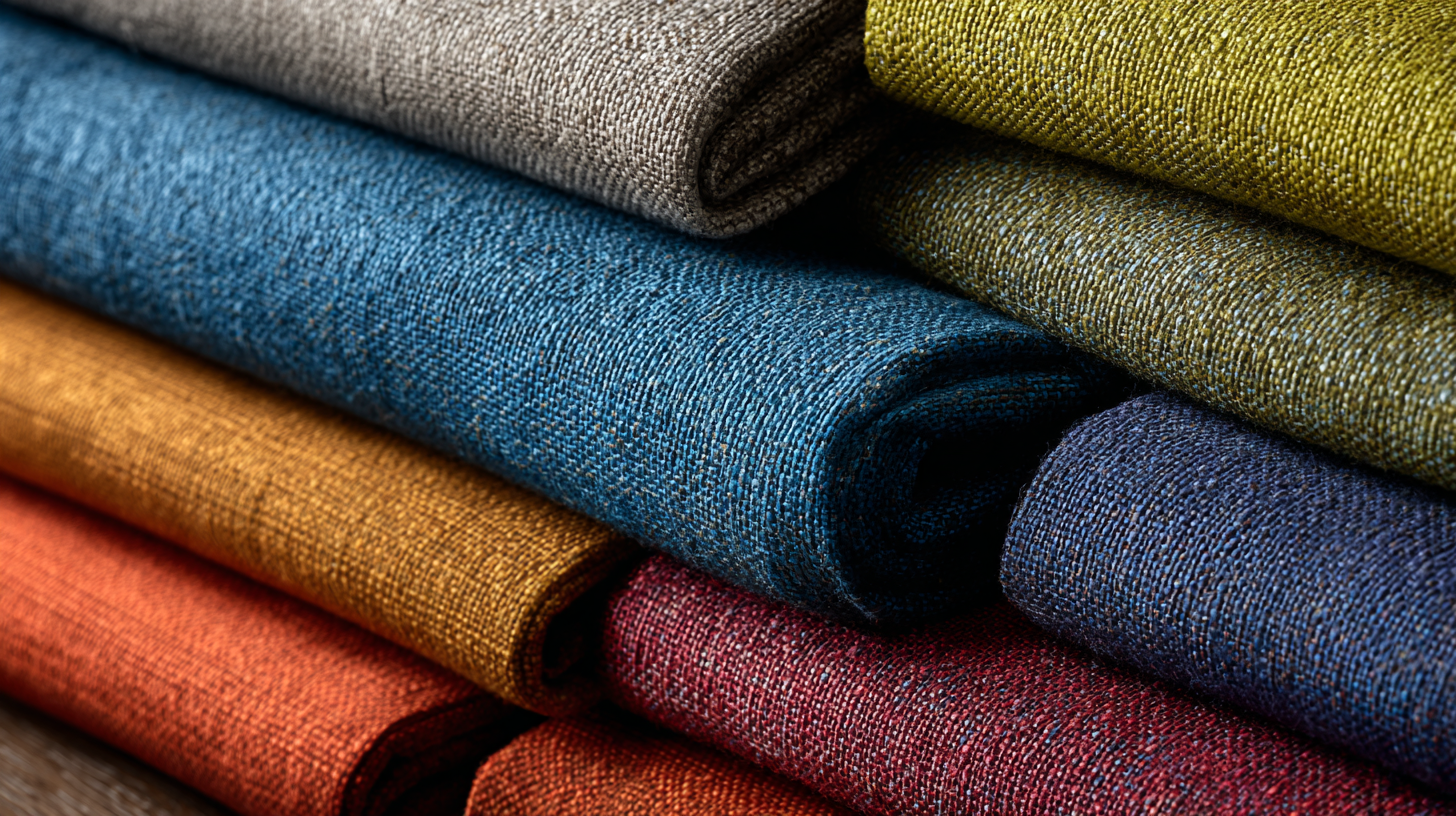
Additionally, smart techniques in upholstering involve advanced technologies that enhance durability and sustainability. Methods like digital printing allow for intricate designs while using less water and energy than conventional processes. Furthermore, eco-friendly treatments can prolong the life of upholstery, reducing the need for frequent replacements. As consumers become more environmentally aware, these techniques provide a way for homeowners to invest in pieces that are not only functional but also contribute positively to the environment. Embracing these trends can lead to a more sustainable and stylish living space that resonates with modern values.
Recycling and Upcycling: Transformative Practices in Canvas Usage
The rising interest in sustainability has significantly influenced the upholstery canvas industry, steering it toward innovative practices like recycling and upcycling. Recycling old canvas materials allows manufacturers to reduce waste while creating new and functional products. This process often involves breaking down used fabrics and reprocessing them into fresh upholstery textiles, thereby conserving energy and resources. By using recycled materials, brands not only lower their carbon footprint but also offer consumers unique pieces that reflect their commitment to environmental responsibility.
Upcycling takes this concept a step further by encouraging creativity and craftsmanship. Designers are reimagining discarded canvas items—such as tents, sails, or even clothing—transforming them into stunning upholstery solutions. This practice not only gives new life to materials that may otherwise end up in landfills but also imbues each piece with its own distinct history and character. As homeowners increasingly seek to personalize their spaces while maintaining eco-friendly practices, upcycled canvas upholstery emerges as a trendy and eco-conscious choice, enhancing both aesthetics and environmental well-being.
Consumer Insights: What Today’s Buyers Seek in Sustainable Upholstery
As consumer awareness of environmental issues rises, today's buyers are increasingly prioritizing sustainability in their upholstery choices. Many are seeking materials that not only enhance aesthetics but also align with eco-friendly practices. Sustainable upholstery options such as organic cotton, recycled polyester, and natural fibers are gaining popularity, appealing to those who wish to create a greener living space without compromising on style.
Tips for Sustainable Upholstery Choices:
1. Look for certifications like GOTS (Global Organic Textile Standard) and OEKO-TEX which guarantee that the fabrics meet high environmental and social standards.
2. Consider the longevity of the material; investment in durable upholstery not only reduces waste but often saves money in the long run.
3. Opt for local suppliers or brands that utilize sustainable sourcing practices, minimizing your carbon footprint while supporting the local economy.
In addition to material choices, buyers are also drawn to transparency in production practices. Brands that openly share their manufacturing processes and emphasize ethical labor practices tend to attract more environmentally conscious consumers. This shift in preferences isn't just a trend; it's a reflection of a growing movement towards responsible consumerism in home decor.
Related Posts
-
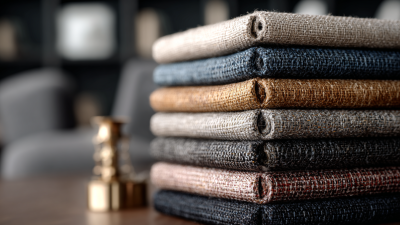
How to Choose the Perfect Upholstery Canvas for Your Home Decor
-
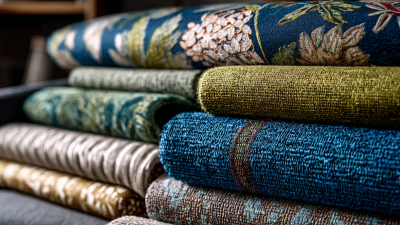
The Rise of Eco-Friendly Upholstery Fabrics Transforming Interior Design Trends
-
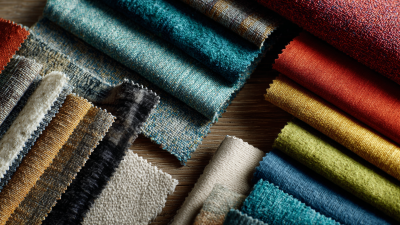
Transform Your Space: Unique Ways to Choose the Right Furniture Fabric for Every Room
-
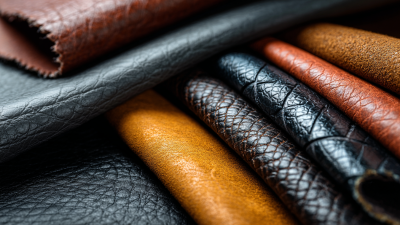
The Ultimate Guide to Choosing the Best Upholstery Vinyl for Your Home Decor
-

The Ultimate Guide to Choosing the Perfect Interior Fabrics for Your Home Decor
-

Common Issues Faced When Choosing Upholstery Fabrics for Your Furniture
